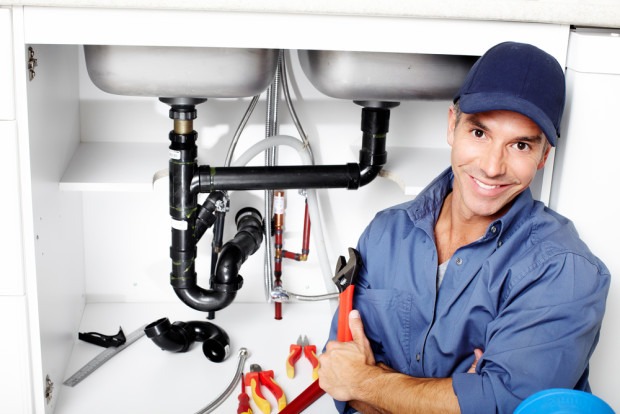Reputable Plumber Alabaster AL for All Your Emergency situation Requirements
Wiki Article
A Detailed Guide to Efficient Water Heating System Setup for Optimal Efficiency
Getting started on the task of setting up a water heating unit is a venture that demands accuracy and an organized method for accomplishing ideal efficiency. As you proceed, the intricacies of linking water supply lines and establishing up trustworthy electrical or gas connections wait for, promising understandings into making certain performance and dependability.Picking the Right Hot Water Heater

Following, consider the dimension and ability of the water heating system. It's essential to assess your household's warm water needs, which can vary based upon the variety of occupants and their use patterns. A system that's too little might lead to insufficient warm water, while an oversized model might cause unneeded power consumption.
Performance rankings additionally play a critical function in option. Try to find water heating units with high Energy Element (EF) rankings, showing remarkable performance and decreased energy usage. Tankless versions, though typically much more pricey ahead of time, deal significant power savings gradually as a result of their on-demand heating capabilities.
Preparing the Installation Location
Prior to setting up a brand-new water heater, precise preparation of the installation location is vital. It's essential to determine the area carefully to suit the water heating system's dimensions, making certain appropriate clearance around the system for efficient operation and maintenance.Next, remove any kind of debris, dust, or obstructions from the website to create a clean atmosphere. Check the flooring for stability, as the water heating system will certainly require a strong, level surface area to run efficiently. If necessary, set up a drip frying pan under the unit to capture potential leaks or spills, avoiding water damages to the surrounding location. In regions prone to seismic activity, consider setting up seismic bands to secure the heating unit firmly in position.
Furthermore, make sure that all needed tools and products are on hand prior to starting the installation. This includes products such as wrenches, screwdrivers, a level, and any extra hardware required for safeguarding the heating system and placing. A well-prepared installation area establishes the structure for a successful hot water heater configuration, maximizing efficiency and safety.
Connecting Water Lines
When connecting water lines to your newly set up hot water heater, it is important to ensure that all connections are leak-free and safe and secure to keep reliable operation and stop water damage. Begin by identifying the hot and chilly water system lines. The cold water inlet is typically noted with a blue label or a "C", while the warm water outlet is noted with a red label or an "H".Usage versatile water heating unit adapters to assist in an easier installment procedure. Prior to affixing the adapters, position a plumber's tape around the threaded ends of the water heater's inlet and electrical outlet pipelines.
Once connections remain in area, slowly activate the primary water shutoff. Inspect each link for leaks by aesthetically feeling and checking for wetness. Tighten up links as necessary, and ensure the pressure safety valve is appropriately mounted, guarding against excessive pressure build-up.
Establishing Electric or Gas Links
Effectively establishing up the electric or gas links for your water heating unit is a crucial action to guarantee effective and safe procedure. For electrical water heating systems, begin by confirming that the electrical circuit is compatible with the heating unit's voltage and amperage needs.For gas water heating units, safety is extremely important. Connect the gas line to the water heater making use of a versatile gas connector, ensuring it is effectively threaded and sealed with find more information pipe joint substance or Teflon tape suitable for gas links.
Once connections are made, evaluate for any prospective leakages. For gas lines, use a soapy water service to the joints; bubbles suggest a leakage. For electric links, ascertain that all wiring is safe and effectively insulated, maintaining compliance with regional electrical codes.
Evaluating and Changing for Performance
With the electrical and gas links firmly in location, the next step is examining the operational efficiency of your water heating system. Begin by meticulously transforming on the water supply and making sure there are no leaks at any of the shutoffs or joints.Next, carry out a complete assessment to guarantee the burner or gas heaters are working properly. For electric heating systems, use a multimeter to verify if the components are attracting the appropriate existing. In gas designs, observe the burner flame; it needs to be steady and blue, suggesting effective burning.
Change the settings as essential to get rid of inadequacies. Think about implementing insulation actions, such as adding this link a water heating system blanket, to further improve performance by lessening heat loss. In addition, check the anode pole's condition, as a tatty pole can reduce performance and result in container rust.
Verdict
Reliable water heating system installment is vital for making sure optimal efficiency and energy cost savings. Safely attaching water supply lines and carefully establishing up electric click to find out more or gas links minimize potential issues.
Correctly establishing up the electric or gas links for your water heating system is an important action to make sure secure and efficient operation. For electric water heaters, begin by confirming that the electrical circuit is compatible with the heating unit's voltage and amperage demands. Link the gas line to the water heater using a flexible gas connector, ensuring it is correctly threaded and sealed with pipe joint compound or Teflon tape suitable for gas connections.
Report this wiki page